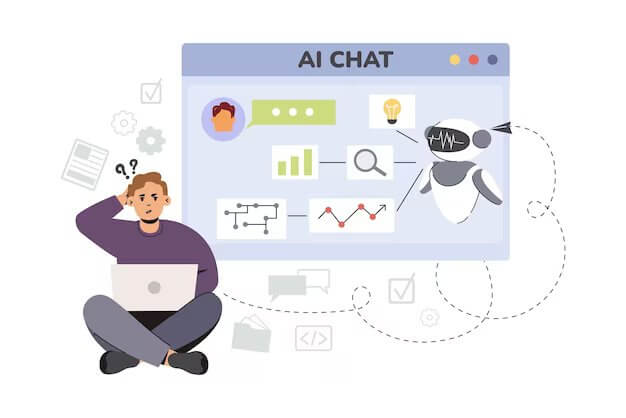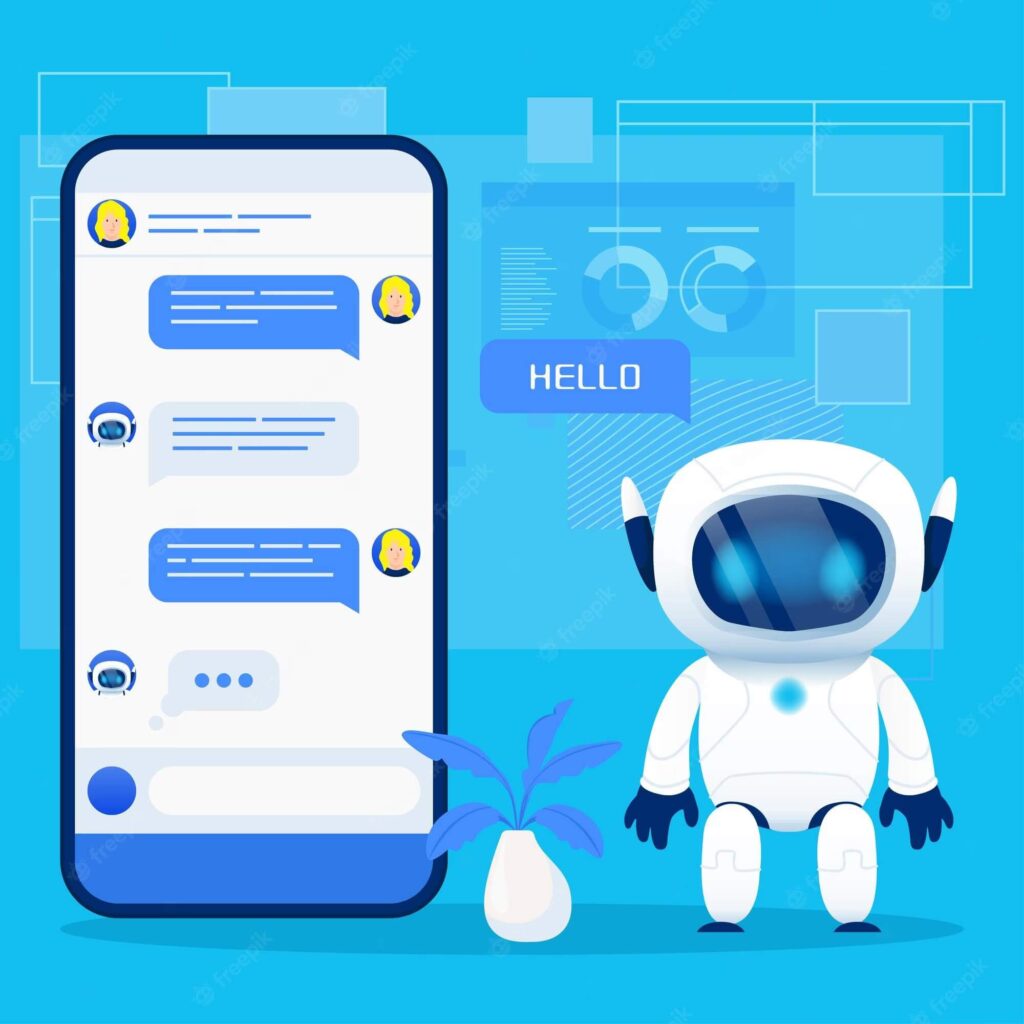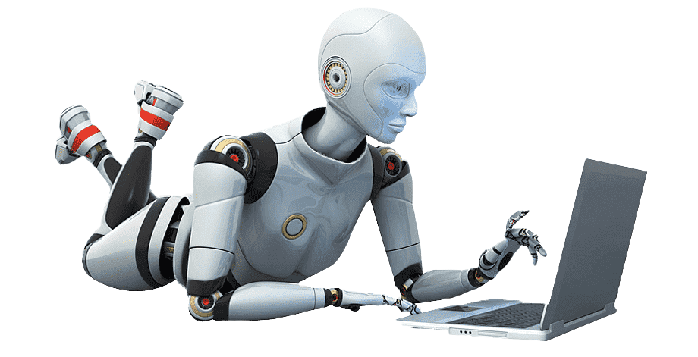AI Renaissance: How Artificial Intelligence Is Shaping the Future of Employment

The 21st century has ushered in a new era, a transformative period that some call the “AI Renaissance.” Artificial Intelligence (AI) is no longer confined to the realm of science fiction; it’s now a formidable force reshaping the landscape of employment. But what exactly does this AI Renaissance entail, and how is it impacting the way we work and live?
Understanding the AI Renaissance
In the past few decades, AI has evolved from a rudimentary concept to a powerful tool that influences virtually every industry. This renaissance is characterized by the exponential growth in AI capabilities, driven by advances in machine learning, data analytics, and computing power.
What is the AI Renaissance?
The AI Renaissance represents a surge in AI development and adoption, marked by innovations such as deep learning, natural language processing, and neural networks. It’s the era when AI systems are becoming increasingly sophisticated, capable of tasks that were once the exclusive domain of humans.
Why is it Happening Now?
Several factors converge to make this the perfect storm for AI advancement. The availability of massive datasets, the affordability of high-performance hardware, and the collaborative nature of the global tech community have all fueled the AI Renaissance.
The Impact on Employment

Now that we understand the AI Renaissance, let’s delve into how it’s shaping the future of employment.
Automation and Job Disruption
The rise of AI-powered automation has led to significant job disruptions across various sectors. Tasks that were once labor-intensive are now being performed by machines, raising concerns about job displacement:
- Impact on Manufacturing: In factories, robots are increasingly replacing human workers in assembly lines. This shift improves efficiency but reduces the demand for manual labor.
- Retail and Customer Service: Chatbots and automated customer service systems have become commonplace, reducing the need for customer support agents.
- Transportation: Self-driving vehicles threaten the jobs of millions of truck drivers and delivery personnel.
The Birth of New Roles
While AI is taking over routine tasks, it’s also creating new job opportunities that didn’t exist before:
- AI Ethics: As AI systems become more prevalent, the need for AI ethics experts has risen. These professionals ensure AI technologies are developed and used responsibly.
- Data Analysts: With the explosion of data, companies require skilled data analysts to extract valuable insights and drive decision-making.
- AI Trainers: Human AI trainers teach machine learning algorithms by providing labeled data, a crucial step in AI development.
The Gig Economy and AI
The gig economy has experienced a symbiotic relationship with AI. Platforms like Uber, Lyft, and DoorDash rely on algorithms to match gig workers with customers, optimizing routes and delivery times:
- Flexible Work Hours: AI-driven gig platforms offer flexible work hours, appealing to those seeking a work-life balance.
- Income Volatility: Gig workers, however, often face income volatility due to fluctuations in demand, controlled by AI algorithms.
Preparing for the Future
With AI’s ever-expanding role in employment, it’s essential to prepare for the challenges and opportunities it brings.
Upskilling and Reskilling
To remain competitive in the job market, individuals must adapt and acquire new skills. Upskilling involves enhancing existing skills, while reskilling means learning entirely new ones:
- Online Learning: The internet offers a wealth of online courses and resources, making it easier than ever to upskill or reskill from the comfort of your home.
- Government Initiatives: Many governments are investing in workforce development programs, providing financial incentives for individuals to learn new skills.
Embracing Collaboration
AI’s true potential is realized when it collaborates with humans. Rather than fearing job loss, individuals can embrace AI as a tool that amplifies their capabilities:
- Human-AI Partnerships: In healthcare, AI assists doctors in diagnosing diseases faster and more accurately, improving patient outcomes.
- Creative Industries: AI can generate art, music, and even assist in writing, allowing creative professionals to leverage its capabilities.
Ethical Considerations
As AI plays an increasingly significant role in our lives, it’s crucial to address ethical concerns surrounding privacy, bias, and transparency:
- Data Privacy: Stricter regulations are needed to protect individuals’ data from misuse by AI systems.
- Bias Mitigation: Efforts to reduce bias in AI algorithms are essential to ensure fairness in hiring and decision-making.
- Transparency: AI systems must be transparent, with users understanding how decisions are made.
The Road Ahead

The AI Renaissance is still in its early stages, and its trajectory is uncertain. However, one thing is clear: AI will continue to redefine the employment landscape. To thrive in this evolving world, individuals and organizations must adapt, innovate, and collaborate. By doing so, we can shape a future where AI augments human potential rather than replacing it:
- A Symbiotic Future: The most promising path forward lies in a symbiotic relationship between humans and AI. Instead of viewing AI as a threat, we can embrace it as a tool that enhances our abilities, streamlines our tasks, and empowers us to tackle complex challenges.
- Preparing the Workforce: Education and workforce development are pivotal in preparing individuals for AI’s impact. It’s essential for governments, businesses, and educational institutions to work together to create programs that equip people with the skills needed in this AI-driven world.
- Ethical Guardrails: As AI’s influence grows, we must establish robust ethical frameworks to ensure responsible AI development and usage. This includes addressing bias, protecting privacy, and fostering transparency in AI systems.
- Embracing Change: In the grand scheme of history, the AI Renaissance is but a chapter in our ongoing story. To thrive in this era, we must be adaptable, open to change, and willing to embrace the opportunities that AI brings.
The AI Renaissance is reshaping the future of employment in ways both exciting and challenging. It’s not a question of whether AI will play a significant role; it’s a matter of how we navigate this new landscape. By upskilling, collaborating, and maintaining ethical standards, we can harness the power of AI to create a future where humans and machines work together harmoniously. The AI Renaissance is not the end of human employment; rather, it’s a new beginning, where our potential is amplified by the machines we create.
Frequently Asked Questions (FAQs) – AI Renaissance: How Artificial Intelligence Is Shaping the Future of Employment
Here are some common questions and concise answers to help you better understand the impact of AI on the future of employment:
Q1: What is the AI Renaissance? The AI Renaissance refers to the current era marked by significant advancements in artificial intelligence. It’s characterized by the rapid development of AI technologies like deep learning and natural language processing, revolutionizing various industries.
Q2: How is AI affecting employment? AI is both disrupting and creating jobs. It’s automating routine tasks, leading to job displacement in some sectors, while simultaneously creating new roles in AI ethics, data analysis, and AI training.
Q3: Which industries are most affected by AI-driven automation? Industries such as manufacturing, retail, customer service, and transportation are among those most affected by AI-driven automation, leading to changes in the nature of work.
Q4: What are the opportunities created by AI in employment? AI has opened doors to new job opportunities, including AI ethics experts, data analysts, and AI trainers. The gig economy has also seen growth due to AI-driven platforms.
Q5: How can individuals prepare for the future of AI-driven employment? To prepare for the future, individuals should consider upskilling and reskilling, exploring online learning opportunities, and staying informed about government initiatives aimed at workforce development.
Q6: How can businesses leverage AI for employment and productivity? Businesses can embrace AI by integrating it into their operations, fostering collaboration between AI and human workers, and investing in employee training to adapt to AI technologies.
Q7: What ethical considerations are associated with AI in employment? Ethical considerations include data privacy, bias mitigation, and transparency in AI decision-making. It’s important to ensure that AI systems are developed and used responsibly.
Q8: How can we create a symbiotic relationship between humans and AI in the workplace? A symbiotic relationship between humans and AI can be fostered by viewing AI as a tool that enhances human abilities, encouraging collaboration, and implementing AI in creative ways.
Q9: What does the future hold for AI and employment? The future of AI and employment is still evolving. It hinges on how individuals, businesses, and governments adapt to the changing landscape. Collaboration, education, and ethical considerations will play a vital role in shaping this future.
Q10: Is the AI Renaissance a threat to human employment? The AI Renaissance is not inherently a threat to human employment. Instead, it represents an opportunity for humans to work alongside AI, leveraging its capabilities to achieve greater productivity and innovation.